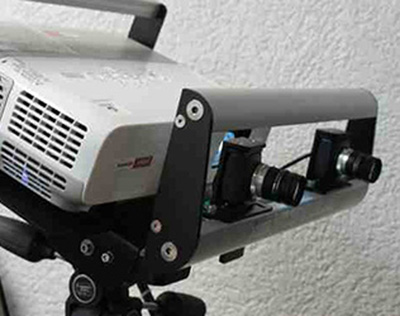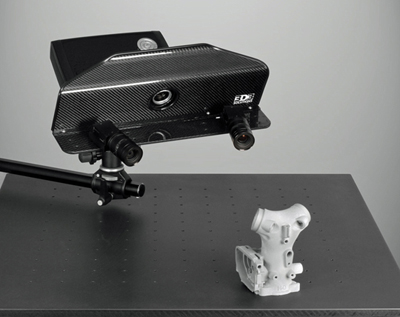DAVCAD
CAD DRAUGHTING SERVICES
- 3D Scanning
• Reverse Engineering by creating CAD models of real parts to capture lost designs, update existing products and make new ones.
• Verify product quality by comparing manufactured parts to CAD designs.
• Make mass customized products for health care, dentistry and fashion.
Both our systems use the same technology with the following advantages over traditional laser systems:-Faster scan times:-
Produce dense and accurate data
Higher detail levels
Takes the full view of the object with full field scanning
Safe for scanning people, even to the naked eye
RangeVision RV Scanner
Features:-
One scanner for different-sized objects
Most 3D scanners are aimed at scanning of objects of a specific size. With RVScanner you don’t need to purchase different systems for scanning different-sized objects. Due to its ability to change scanning zones RVScanner makes it possible to scan objects of different sizes – from small items right up to objects including cars. When markers are used, scanned elements are automatically aligned, which greatly simplifies the scanning process. RVScanner also enables you to scan without markers using geometry features of the object for alignment.
Specifications:-
3D Point Accuracy : Scan Volume 460 x 345 x 345 - 0.085
Scan Volume 300 x 225 x 225 - 0.05
Scan Volume 133 x 100 x 100 - 0.03
Scan Volume 66 x 50 x 50 - 0.03

3D3 SCANNER
Features:-
One scanner for different-sized objects
The HDI 3D Scanner use white light technology (also known as structured-light) that capture the full view of the object at the press of a button in less than one second. The HDI Advance 3D Scanner is a flexible system that is capable of scanning objects of different shapes and sizes simply by changing the scanner’s field of view (FOV). The FOV is the observable area that the system is able to capture from a specific distance. It can be changed by placing the cameras in different preset slots or by replacing them with interchangeable camera lenses. A DSLR camera can also be used to take photo images at the same time as scanning which can then also be overlaid onto the mesh to give a photorelaistic 3D scan.
Specifications:-
3D Point Accuracy :
200mm Diagonal Field of View - 0.045
400mm Diagonal Field of View - 0.07
600mm Diagonal Field of View - 0.1
